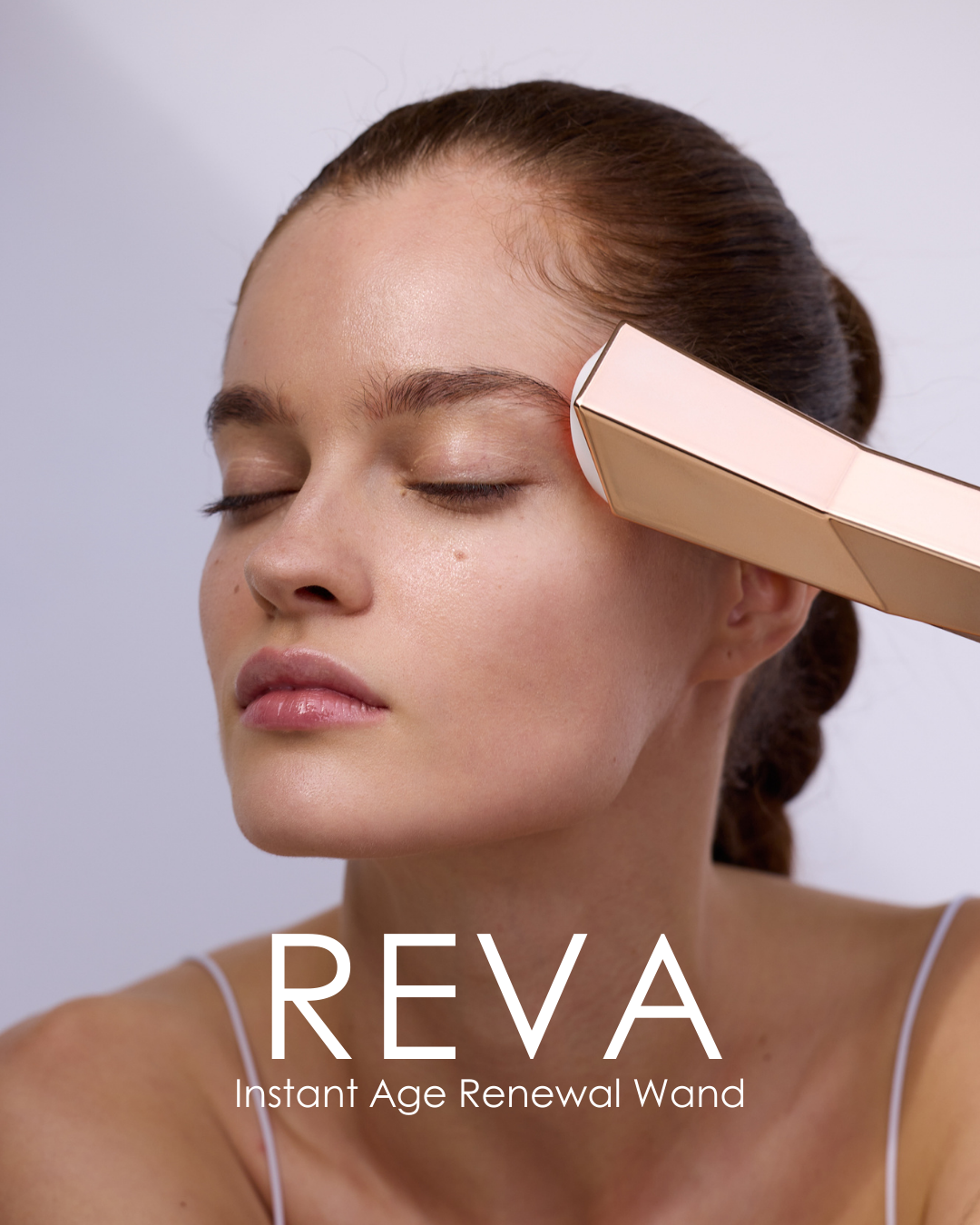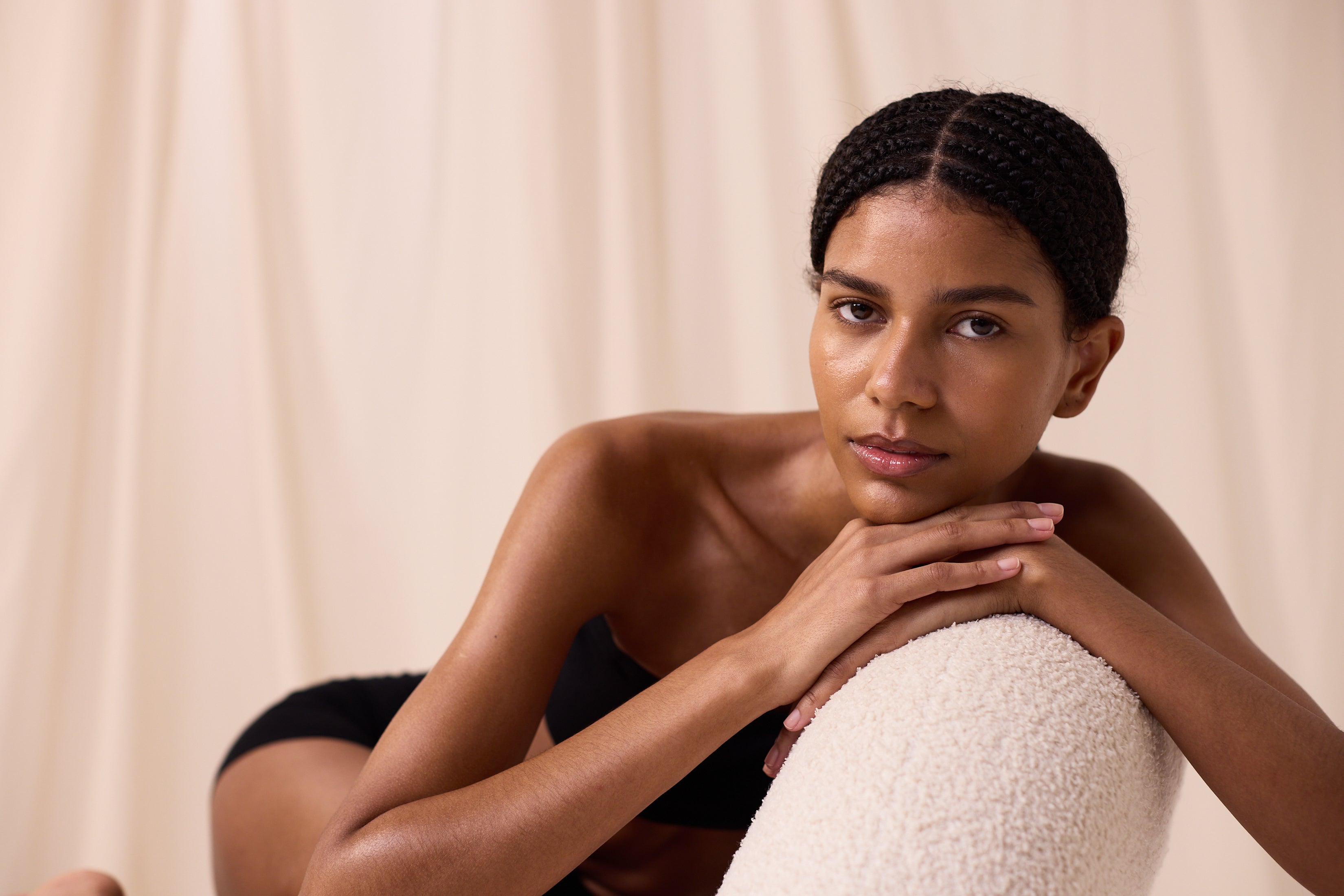
Reducing Redness: How LED Light Therapy Can Soothe Rosacea Symptoms
IN THIS ARTICLE:
- 01 What Causes Rosacea?
- 02 Does LED Light Therapy Help Rosacea?
- 03 What To Expect After LED Red Light Therapy?
- 04 Are There Any Side Effects?
- 05 How Often Should I Use My LED Light Therapy Device?
Do you blush at the mere mention of a crush? Blushing is a normal bodily reaction that springs from strong emotions. When flushed cheeks come with bumps, visible veins, and a swollen nose, it’s a totally different story.
If you have rosacea, you will most likely have to live with it for the rest of your life. It can be a serious medical condition, although it is usually not life-threatening and is manageable with the proper treatments.
Aside from avoiding triggers, a light-based treatment plan is one viable option for those suffering from rosacea. Does LED light therapy help rosacea? What is the best LED light for rosacea? Read on and find out.
What Causes Rosacea?
According to the American Academy of Dermatology, rosacea is a common condition with over 14 million individuals affected in the US alone. Rosacea can affect anyone, regardless of age, skin color, or gender. However it is more common in women and those with lighter skin.
What is rosacea?
|
DEFINITION Rosacea is a long-term skin condition characterized by flushing and redness on the cheeks, nose, and chin. Signs and symptoms may include swollen bumps that resemble acne, visible veins, and an enlarged nose. |
There is no clear cause of rosacea; research has, however, found a few factors that may contribute to the development of this skin condition.
- Genetics - the risk of developing rosacea is high if your family members have it
- Immune system - rosacea can be caused by an overactive immune response to stimuli
- Blood vessel abnormalities - sun damage on skin may affect the blood vessels and how they dilate
- Microscopic mites - too many demodex mites living in the skin can cause symptoms of rosacea
Here are some indirect causes or triggers that cause rosacea flare-ups:
- Alcohol and caffeine
- Spicy food and dairy products
- Hot or cold weather
- Hot drinks and hot baths
- Heavy exercise
- Sun exposure and strong winds
- Humidity
- Menopause
- Medications
Does LED Light Therapy Help Rosacea?
LED light therapy offers various benefits for skin health and this includes relief for rosacea. It’s a safe and effective way to manage symptoms and help improve your quality of life. How does it work? Light energy that penetrates the skin activates and stimulates cells to commence biological functions with renewed energy.
What is the best LED light for rosacea? Many LED light devices offer a range of wavelength colors with specific skin benefits. For inflammatory skin conditions such as rosacea, red light is best. More popular as the anti-aging light, red light targets the mitochondria which is the powerhouse of the cell. With increased energy, the cells perform better in repairing damaged cells and fighting off inflammation.
What makes it an effective treatment? Red light therapy works at the cellular level, strengthening and empowering the skin’s structure to provide that much-needed relief from inflammation.
What To Expect After LED Red Light Therapy?
Rosacea triggers may vary from person to person. With LED light therapy, inflammation and other uncomfortable symptoms are reduced regardless of what’s causing the flare-up. Notice a significant reduction in redness and swelling, improved skin tone, controlled breakouts, and a general sense of skin calmness.
Take advantage of red + infrared light therapy found in the Project E Beauty Lumamask LED Light Therapy Mask. This FDA-cleared LED light treatment device effectively transforms problematic skin via two modes: red light + infrared and blue + red lights. The addition of infrared light boosts the anti-inflammatory effects of red light by protecting against oxidative stress that damages healthy skin cells.
Are There Any Side Effects?
Light-based therapies using LED bulbs have an excellent safety profile based on a 2018 study published by the Journal of Clinical and Aesthetic Dermatology. Exposure to UV-free and non-heating LEDs have no known side effects. The treatment does not even require downtime after every session.
How Often Should I Use My LED Light Therapy Device?
For beginners, treatments using a LED light therapy mask or a handheld device can be done up to four times a week starting with 10-minute sessions. Once desirable results are noticeable, reduce treatments to twice a week and do longer sessions for up to 15 minutes each instead. LED bulbs provide pure light energy and are very powerful so there is no need to amp up usage to achieve better results. Feel free to use other LED light therapy mask colors for your other skin concerns.

written by Olivia Khader
















Leave a comment
This site is protected by hCaptcha and the hCaptcha Privacy Policy and Terms of Service apply.